- Learning time
- 20 minutes
- First play time
- 40 minutes
Celestia
Designed by: Aaron Weissblum
Celestia is a push-your-luck game inspired by Gulliver’s Travels (also based on an older game called Cloud 9). The players board a flying ship (there’s a 3D assembly-ready one with the game) and set off: flying through the skies, landing at mystical cities. The key decisions are when to disembark the ship, as the sky is full of dangers and there’s no guarantees you’ll make it to the next destination…
The cities are illustrated on oval cards, laid out in a row. Next to each city is a small deck of scoring cards: these are shuffled and placed face down. Players are dealt a hand of equipment cards (6 or 8, depending on number of players) and a starting player is chosen. This player is the captain of the ship.
At the beginning of each turn the captain rolls some dice. The dice decide what dangers lay on the journey ahead before the ship will reach the next city: birds, pirates, clouds, and storms. The dice also have some blank sides, which mean there is less danger this time.
Before the captain does anything else, each player (going clockwise) must decide if they’re staying aboard the ship – gambling on making the next city – or disembarking at the current one. If they disembark, they get to pick up a score card – and the further along the cities you go, the more rewarding the scorecards are. Once everyone has decided, the captain then uses equipment cards to negotiate the hazards ahead and move the ship on – if he has them. A successful leg of the journey and the captain moves to the next player. But if the captain doesn’t have the cards to negotiate a way through, the ship crashes and everyone aboard gets nothing – all players return to the start and a new round begins, with each player picking up an extra equipment card.
Finally mixed in with the equipment cards there are a few power cards that can do various things (force a captain to re-roll the dice, go back to the last city if the ship crashes and so forth) and somewhere in the scorecards of the first four cities are spyglasses – these can mean points at the end of the game, but can also be cashed in to ignore all dice roll effects and effect a trouble-free journey. If anyone reaches 50 points by the end of a turn, the game ends and the person with most points wins.
The guru's verdict
-
Take That!
Take That!
It's mainly the game out to get you, but if you're wanting a more serene experience you can remove the power card that forces the captain to re-roll blank-sides of the dice.
-
Fidget Factor!
Fidget Factor!
None
-
Brain Burn!
Brain Burn!
Very low. Your key decision is whether to stay or go. How many cards does the captain have? Can you remember what cards they did (or didn't) have when they were last captain?
-
Again Again!
Again Again!
Dice roll and shuffled equipment cards ensure randomness; it's also a very fast-moving game with integrated moments of joy and despair. But there's strategy too - the captain can never disembark unless he's the last one aboard the ship, so you need to bear this in mind - if you're captain on the next round and don't like the look of your cards, it might be worth bailing out now!

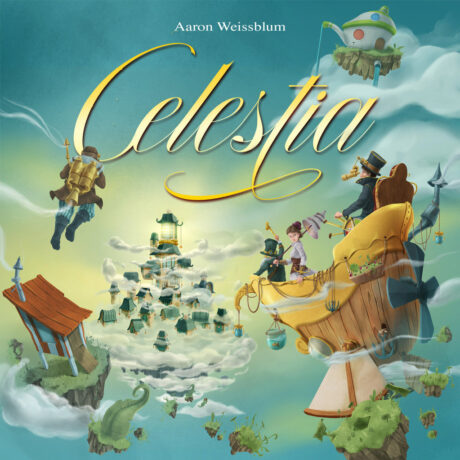
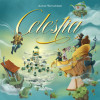

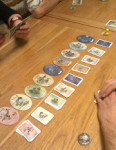
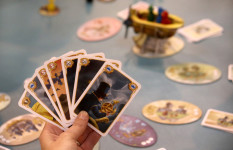


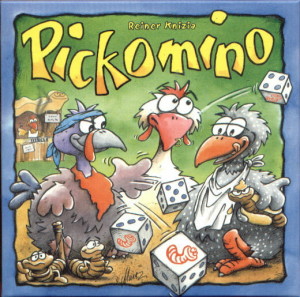
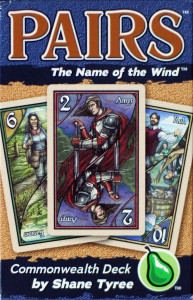
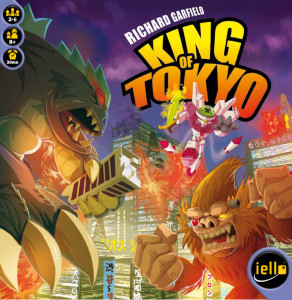
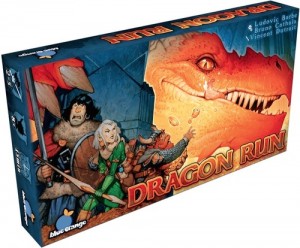
Sam says
A lot of fun, and pretty easy to teach and learn too. Much, much better with more players though - with two or three it doesn't have the same spark.